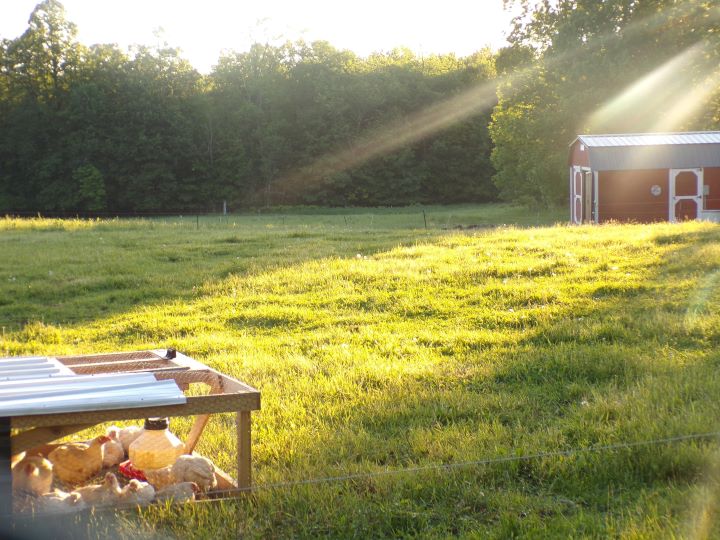
Introduction to Wildlife Corridors
Creating wildlife corridors on a 15 acre homestead is an essential step towards fostering biodiversity and ensuring sustainable living. These corridors allow animals to move freely across the landscape, connecting habitats, and providing safe passages for wildlife. By incorporating these corridors into your homesteading plans, you not only enhance the ecological value of your land but also contribute to the conservation of local wildlife.
Understanding the Importance of Wildlife Corridors
In an era where natural habitats are increasingly fragmented due to urbanization and agriculture, wildlife corridors play a crucial role. They help maintain genetic diversity, reduce human-wildlife conflicts, and support ecological processes. A well-planned 15 acre homestead can serve as a model for integrating these corridors, offering a sanctuary for native species and promoting a balanced ecosystem.
Key Benefits of Wildlife Corridors
- Enhancing biodiversity
- Supporting native flora and fauna
- Reducing habitat fragmentation
- Improving ecological connectivity
Planning Your 15 Acre Homestead with Wildlife Corridors
When planning your 15 acre homestead, it’s important to consider how wildlife will interact with your land. Start by identifying existing natural features such as streams, forests, or meadows. These can be enhanced to form natural corridors. By understanding the needs of local species, you can design your land to support their movement and survival.
Steps to Create Effective Wildlife Corridors
- Research local wildlife and their habitat requirements.
- Map out existing natural features on your homestead.
- Design corridors that connect habitats and facilitate wildlife movement.
- Incorporate native plants to provide food and shelter.
- Implement sustainable practices to maintain corridor health.
Integrating Sustainable Practices
Sustainability is key to maintaining the effectiveness of wildlife corridors. Practices such as rainwater harvesting and living sustainably not only benefit the environment but also enhance the habitats within your corridors. By reducing waste and conserving resources, you contribute to a healthier ecosystem.
Examples of Sustainable Practices
- Using solar power to reduce carbon footprint
- Implementing organic farming techniques
- Managing water resources efficiently
The Role of Native Plants
Native plants are integral to wildlife corridors as they provide food and shelter for local species. Incorporating a variety of plants that bloom at different times of the year ensures a continuous food supply. Additionally, native plants are adapted to local conditions, requiring less maintenance and supporting a more resilient ecosystem.
Challenges and Solutions
Creating wildlife corridors on a 15 acre homestead can present challenges such as land limitations and resource availability. However, these can be addressed through careful planning and community collaboration. Engaging with local conservation groups and seeking advice from experts can provide valuable insights and resources to overcome these obstacles.
Community Involvement and Education
Involving the community in the development and maintenance of wildlife corridors can enhance the impact of your efforts. Educational programs and workshops can raise awareness about the importance of biodiversity and sustainability. By fostering a community-oriented approach, you create a network of like-minded individuals dedicated to preserving the environment.
Ways to Engage the Community
- Host workshops on sustainable practices
- Organize community planting days
- Collaborate with local schools for educational programs
Success Stories
Many homesteaders have successfully integrated wildlife corridors into their lands, seeing positive results in both biodiversity and land health. These success stories serve as inspiration and provide practical examples of how small changes can lead to significant environmental benefits.
Conclusion
Incorporating wildlife corridors into your 15 acre homestead is a rewarding endeavor that benefits both the environment and your homesteading experience. By fostering biodiversity and promoting sustainable practices, you contribute to a healthier planet. Start today and become a part of the movement towards a more sustainable future.

Frequently Asked Questions
What are wildlife corridors?
Wildlife corridors are natural pathways that connect habitats, allowing animals to move freely and safely across different areas.
How can I create wildlife corridors on my homestead?
Start by identifying existing natural features and enhancing them to connect habitats. Incorporate native plants and sustainable practices to maintain corridor health.
Why are native plants important for wildlife corridors?
Native plants provide essential food and shelter for local wildlife, supporting biodiversity and creating a more resilient ecosystem.
For more information on sustainable homesteading practices, visit Hope Filled Homestead.




